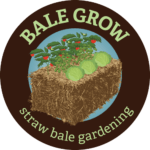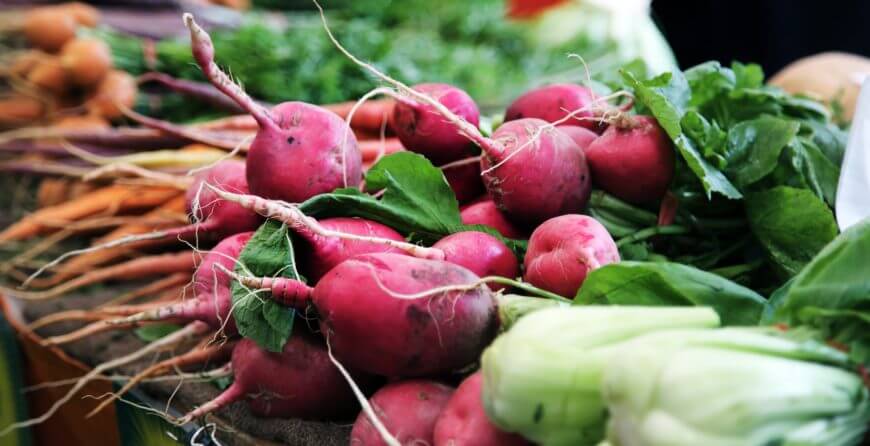By now, you’ve probably got a good idea about the benefits of straw bale gardening: it’s affordable, it’s easy, it yields heaps of yummy produce… the list goes on!
One of the reasons straw bale gardening is so foolproof is because, as the straw breaks down over time, it unlocks all the vital nutrients your plants need to thrive.
When the bale is new it is pale in colour, quite compact, and can easily support its own weight. Over time, the straw softens, becomes darker in colour and stands less upright. It might become necessary to add additional support by way of stakes or trellises as your straw bale garden ages.
This is an exciting time in the straw bale gardening life cycle because the softer straw lends itself beautifully to growing crops such as garlic, onions and potatoes.

But one of my favourite parts of straw bale gardening is what you’re left with once the bale has broken down too much to stand up on its own. Dive into your soft bales and you will discover a lush, fertile compost filled with worms and garden goodies!
Here are some of my favourite uses for old bales:
- Fill pots or raised beds with the composted straw, which can then be planted straight into without the need for soil.
- Spread the composted bale over your garden beds. Not only will this help retain moisture in your soil, it will give your plants a nutritious boost.
- Keep some old bale handy to use as “potting mix” for your newer bales. Straw that is quite broken down is nice and soft and can be used to top up holes from harvesting vegetables such as beetroot and turnips.

